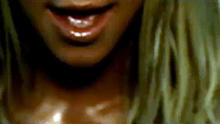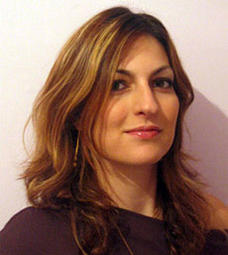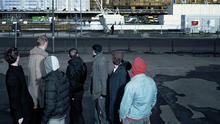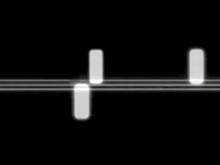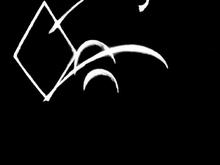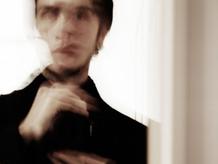Parks on Fire
(2008)by Scott Pagano is an exploration of the complex, interpenetrated, and reflective relationships of structure, form, and motion that both bind and conflict the natural and manmade worlds. The soundtrack is by Trifonic.
The experience is a visual and aural expedition through a series of uniquely explicated environments. Stunning synthetic worlds of micro precision only imaginable in the mirror of human consciousness evolve and meld in to landscapes of natural forms evoking the achingly unknowable sublime that is here captured, redefined and expressed via intensive digital reprocessing. Sound and image drive each other to create the uncanny sense that both are emerging from the same dammed-but-divine ethereal engine. The lush cinematic soundtrack created for the piece is by Trifonic, and is available on their debut release Emergence.
Source: Scott Pagano's website




